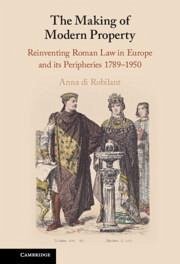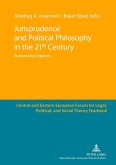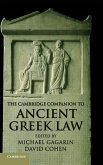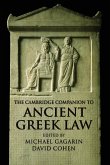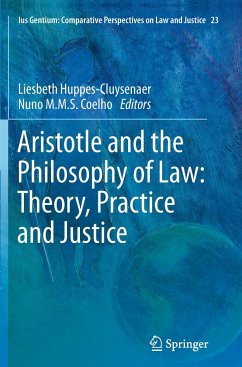In this original intellectual history, Anna di Robilant traces the history of one of the most influential legal, political, and intellectual projects of modernity: the appropriation of Roman property law by liberal nineteenth-century jurists to fit the purposes of modern Europe. Drawing from a wealth of primary sources, many of which have never been translated into English, di Robilant outlines how a broad network of European jurists reinvented the classical Roman concept of property to support the process of modernisation. By placing this intellectual project within its historical context, she shows how changing class relations, economic policies and developing ideologies converged to produce the basis of modern property law. Bringing these developments to the twentieth century, this book demonstrates how this largely fabricated version of Roman property law shaped and continues to shape debates concerning economic growth, sustainability, and democratic participation.

